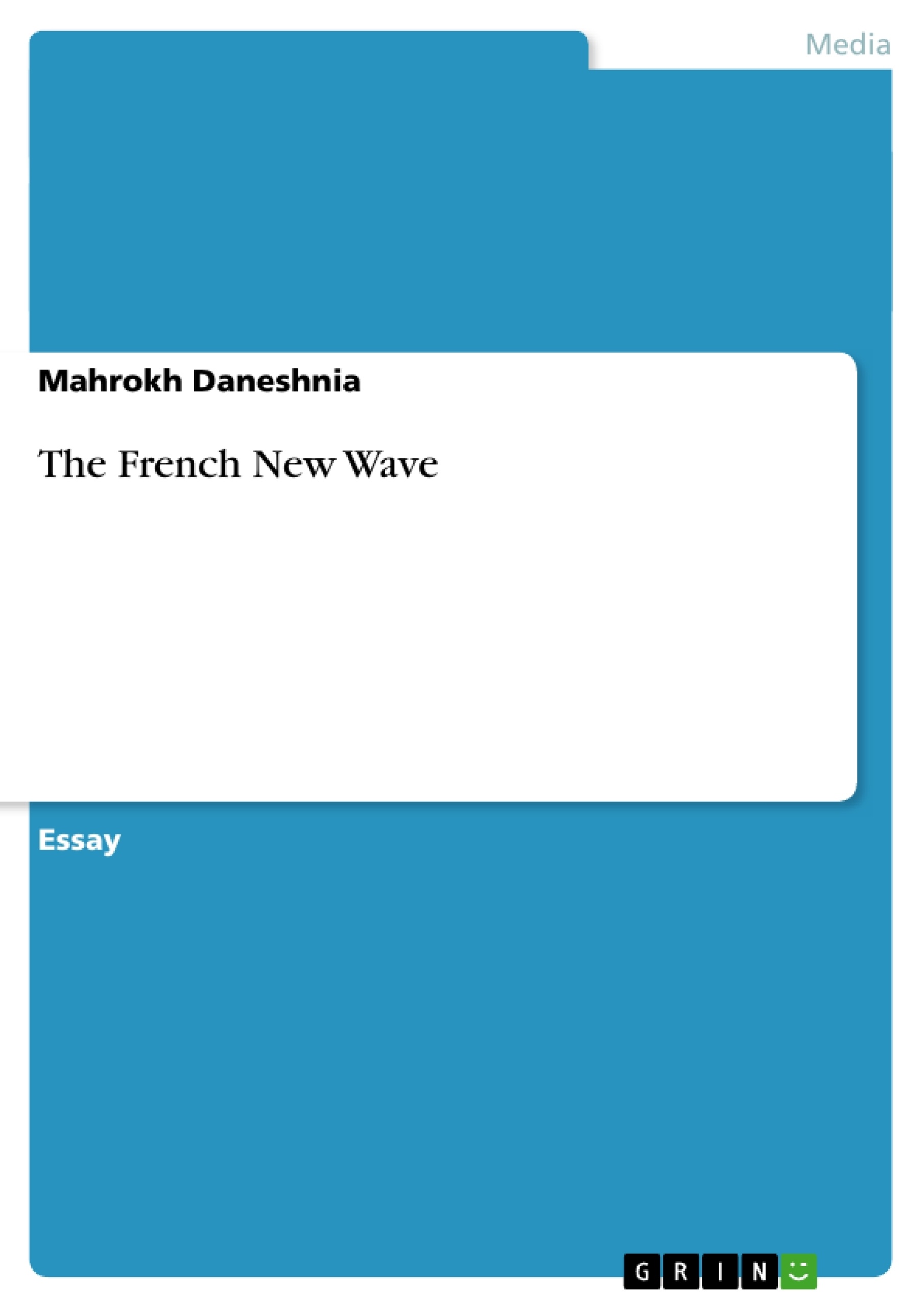The French New Wave is arguably one of the most vital film movements throughout film history. During French New Wave formation, similar attempts in other countries such as Britain occurred to shape new experimental filmmaking styles, but the French Movement appeared to be the most influential all over the globe. It is possible to say that the New Wave was a personal cinema reflecting realities about human life and aiming to attract the educated young audience with its extreme separation from the traditional cinema.
The French New Wave
The French New Wave is arguably one of the most vital film movements throughout film history. During French New Wave formation, similar attempts in other countries such as Britain occurred to shape new experimental filmmaking styles, but the French Movement appeared to be the most influential all over the globe. It is possible to say that the New Wave was a personal cinema reflecting realities about human life and aiming to attract the educated young audience with its extreme separation from the traditional cinema. Although New Wave cinema is known as an experimental cinema, yet it aimed vastly for commercial success and a broad audience. This essay examines the ways that French New Wave filmmakers distinguished their practices from the previous traditional filmmaking practices. The essay begins with a brief historical explanation about the New Wave existence and its backgrounds. It then describes the thirty years of French classical cinema from 1930’s to the New Wave movement and then compares the two eras in details by analysing one film from each period. The chosen films are Marcel Carne’s “Children of Paradise” (Les Enfants du Paradis, 1945) as one of the largest budget films of the classical French cinema and Jean-Luc Godard’s “Breathless” (A bout de soufflé, 1959), the symbolic film of the French New Wave which was called by its director “the nostalgia for a cinema that no longer exists”.[1]
The French Nouvelle Vague or New Wave came into existence in 1959 as a new film movement in world. A very remarkable point about the New Wave was that it was created by filmmakers who had worked as critics in the past and praised the artistic qualities in cinema. Directors such as Truffaut, Rohmer, Rivette, Chabrol and Godard which had worked in ‘Cahiers du cinema’ a well-known film magazine all opposed the ‘Tradition of Quality’ cinema of the decade which was extremely based upon scripts from literary pieces and novels, studio designed sets, prodigal costumes, detailed lighting and famous star performances. In 1954, Francis Truffaut in his auteur theory attacked the leading French cinema and proposed the replacement of literary people by auteur film makers. Truffaut believed that “French film was long on dialogue, short on attention to visual effects and to mise-en-scene”[2]. In his view the classical French cinema had prioritised the screenplays and program-scripts with a fixed structure over the director’s creative work.
[...]
[1] (Greene)
[2] (Sklar)
- Quote paper
- Mahrokh Daneshnia (Author), 2012, The French New Wave, Munich, GRIN Verlag, https://www.grin.com/document/271507




